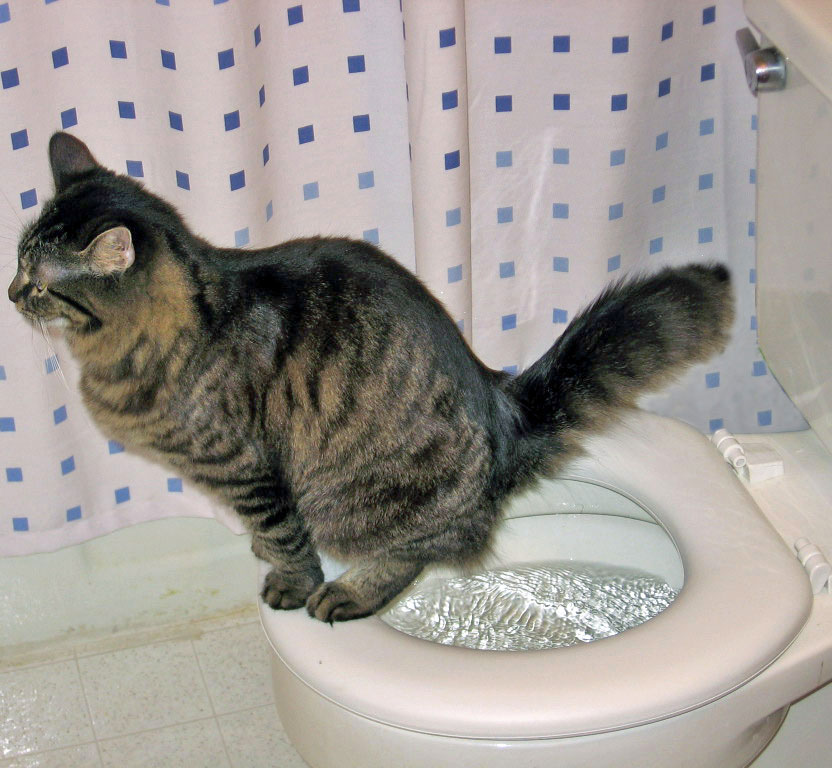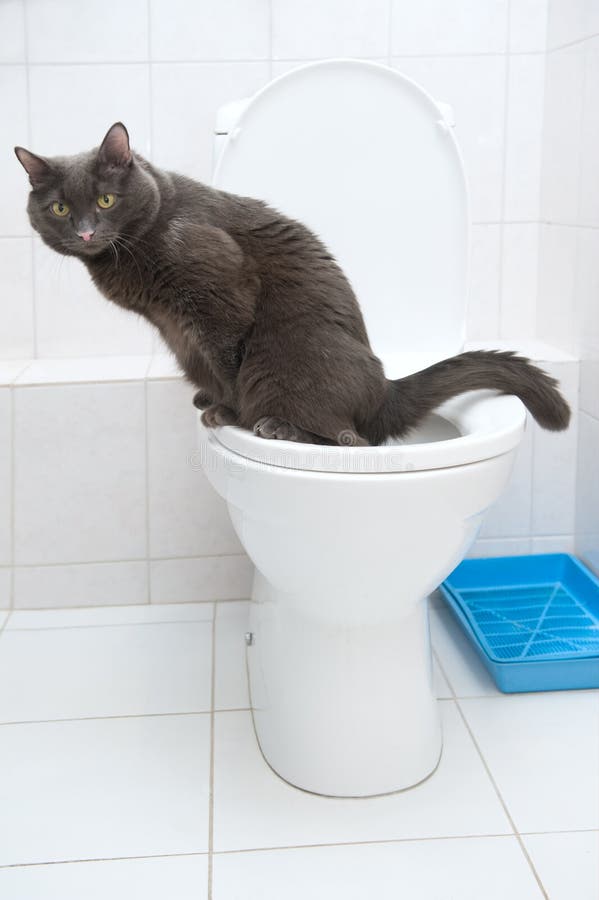Prevent Clogs and Damage: Don't Flush Cat Poop Down Your Toilet - Expert Insights
Prevent Clogs and Damage: Don't Flush Cat Poop Down Your Toilet - Expert Insights
Blog Article
This article in the next paragraphs in relation to Can You Flush Cat Poop Down The Toilet? is exceedingly remarkable. Don't skip it.

Intro
As pet cat owners, it's important to be mindful of how we dispose of our feline buddies' waste. While it may appear hassle-free to purge cat poop down the bathroom, this method can have destructive consequences for both the environment and human health and wellness.
Alternatives to Flushing
The good news is, there are much safer and extra responsible ways to get rid of pet cat poop. Consider the complying with choices:
1. Scoop and Dispose in Trash
One of the most common method of throwing away pet cat poop is to scoop it right into a biodegradable bag and throw it in the trash. Make sure to use a specialized trash inside story and throw away the waste without delay.
2. Usage Biodegradable Litter
Select eco-friendly pet cat trash made from materials such as corn or wheat. These litters are environmentally friendly and can be securely dealt with in the trash.
3. Bury in the Yard
If you have a backyard, consider burying cat waste in a designated location far from veggie gardens and water resources. Make certain to dig deep sufficient to avoid contamination of groundwater.
4. Set Up a Pet Waste Disposal System
Invest in a pet dog garbage disposal system especially developed for cat waste. These systems use enzymes to break down the waste, minimizing smell and ecological effect.
Wellness Risks
Along with ecological concerns, purging pet cat waste can likewise present health threats to people. Feline feces may have Toxoplasma gondii, a bloodsucker that can trigger toxoplasmosis-- a potentially extreme health problem, especially for expectant women and people with weakened immune systems.
Ecological Impact
Flushing pet cat poop introduces dangerous pathogens and bloodsuckers into the water, posing a considerable risk to marine communities. These pollutants can negatively affect marine life and concession water high quality.
Conclusion
Responsible family pet ownership extends past providing food and shelter-- it additionally involves appropriate waste management. By avoiding purging feline poop down the commode and selecting alternative disposal approaches, we can reduce our ecological impact and safeguard human health.
Why Can’t I Flush Cat Poop?
It Spreads a Parasite
Cats are frequently infected with a parasite called toxoplasma gondii. The parasite causes an infection called toxoplasmosis. It is usually harmless to cats. The parasite only uses cat poop as a host for its eggs. Otherwise, the cat’s immune system usually keeps the infection at low enough levels to maintain its own health. But it does not stop the develop of eggs. These eggs are tiny and surprisingly tough. They may survive for a year before they begin to grow. But that’s the problem.
Our wastewater system is not designed to deal with toxoplasmosis eggs. Instead, most eggs will flush from your toilet into sewers and wastewater management plants. After the sewage is treated for many other harmful things in it, it is typically released into local rivers, lakes, or oceans. Here, the toxoplasmosis eggs can find new hosts, including starfish, crabs, otters, and many other wildlife. For many, this is a significant risk to their health. Toxoplasmosis can also end up infecting water sources that are important for agriculture, which means our deer, pigs, and sheep can get infected too.
Is There Risk to Humans?
There can be a risk to human life from flushing cat poop down the toilet. If you do so, the parasites from your cat’s poop can end up in shellfish, game animals, or livestock. If this meat is then served raw or undercooked, the people who eat it can get sick.
In fact, according to the CDC, 40 million people in the United States are infected with toxoplasma gondii. They get it from exposure to infected seafood, or from some kind of cat poop contamination, like drinking from a stream that is contaminated or touching anything that has come into contact with cat poop. That includes just cleaning a cat litter box.
Most people who get infected with these parasites will not develop any symptoms. However, for pregnant women or for those with compromised immune systems, the parasite can cause severe health problems.
How to Handle Cat Poop
The best way to handle cat poop is actually to clean the box more often. The eggs that the parasite sheds will not become active until one to five days after the cat poops. That means that if you clean daily, you’re much less likely to come into direct contact with infectious eggs.
That said, always dispose of cat poop in the garbage and not down the toilet. Wash your hands before and after you clean the litter box, and bring the bag of poop right outside to your garbage bins.
https://trenchlesssolutionsusa.com/why-cant-i-flush-cat-poop/

I'm just very focused on Can You Flush Cat Poop Down The Toilet? and I really hope you liked the entire article. Do you know somebody who is sincerely interested in the niche? Please feel free to promote it. We appreciate reading our article about Don’t flush cat feces down the toilet.
Schedule Appointment Now Report this page